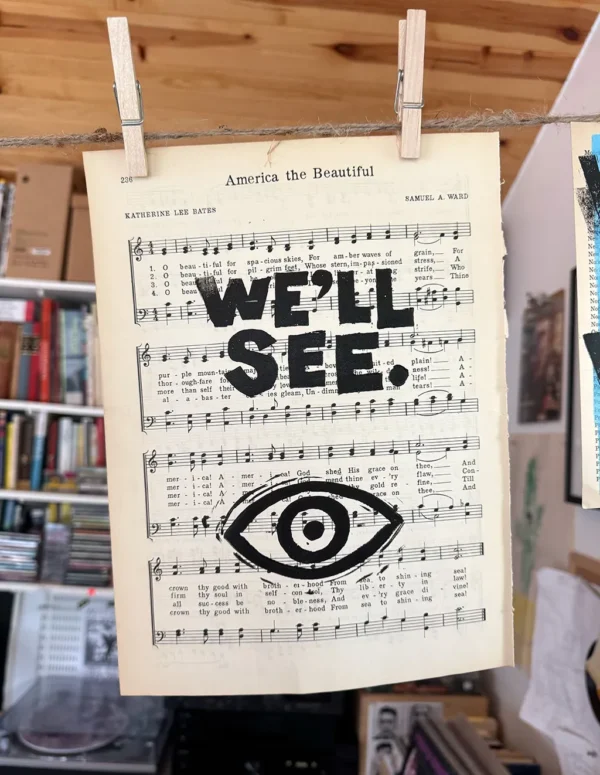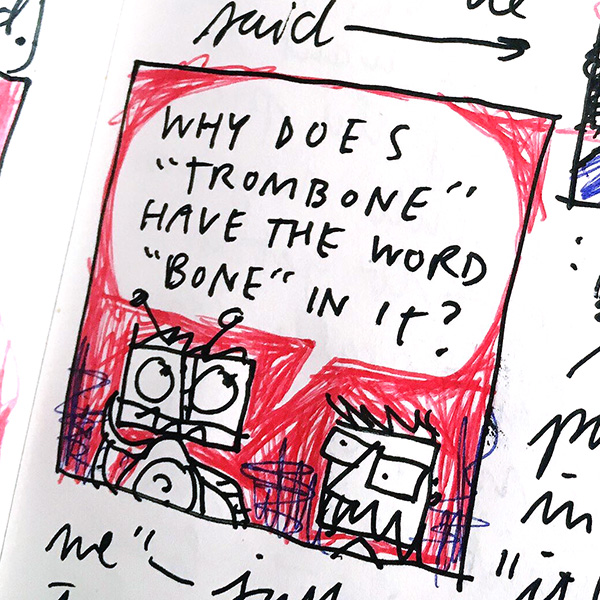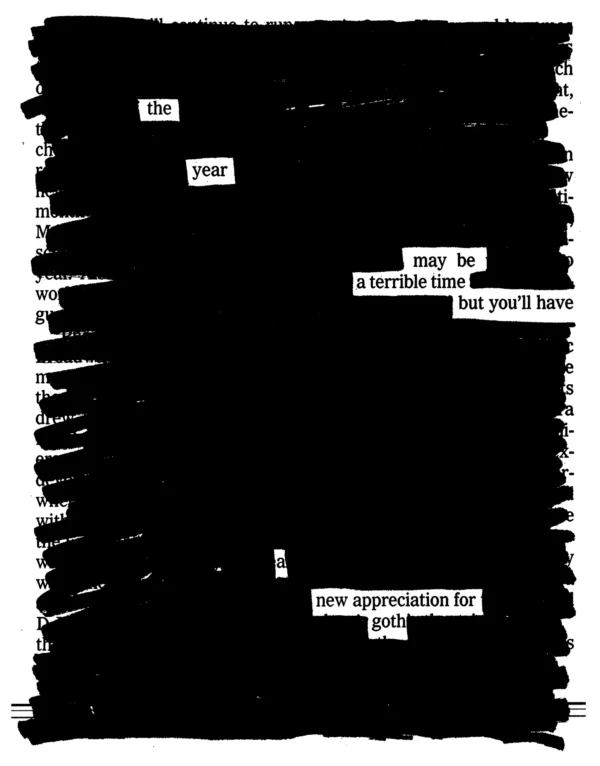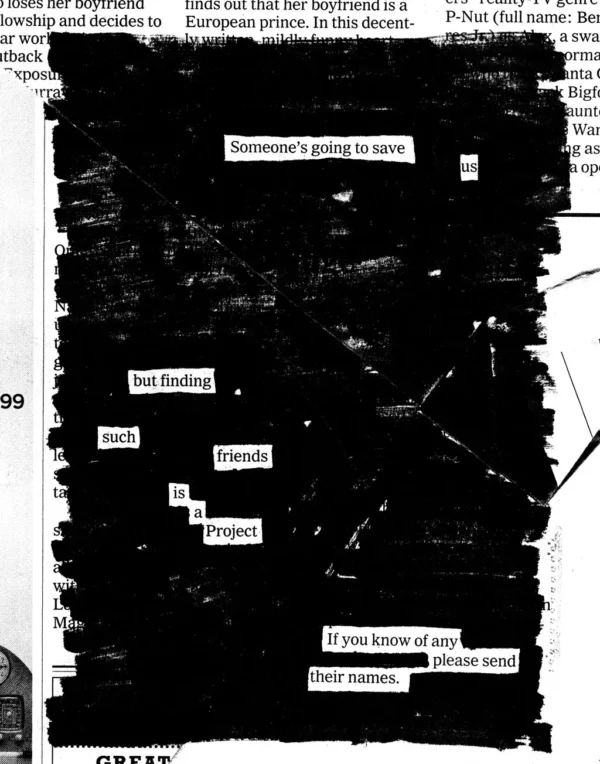
Today’s letter is titled “We’ll see!”
“We’ll see” is the refrain in the Charlie Wilson’s War version of the 2000-year-old Chinese parable about the old man who lost his horse. (Bluey used the same refrain, while Alan Watts used “Maybe.”) It’s a favorite parable of mine and one I think about often.
Here’s how Ursula K. Le Guin’s translation of the Tao Te Ching puts it:
Alas! Misery lies under happiness,
and happiness sits on misery, alas!
Who knows where it will end?
Nothing is certain.The normal changes into the monstrous,
the fortunate into the unfortunate,
and our bewilderment goes on and on.(I am someone who believes in embracing bewilderment.)
Read the rest here.


